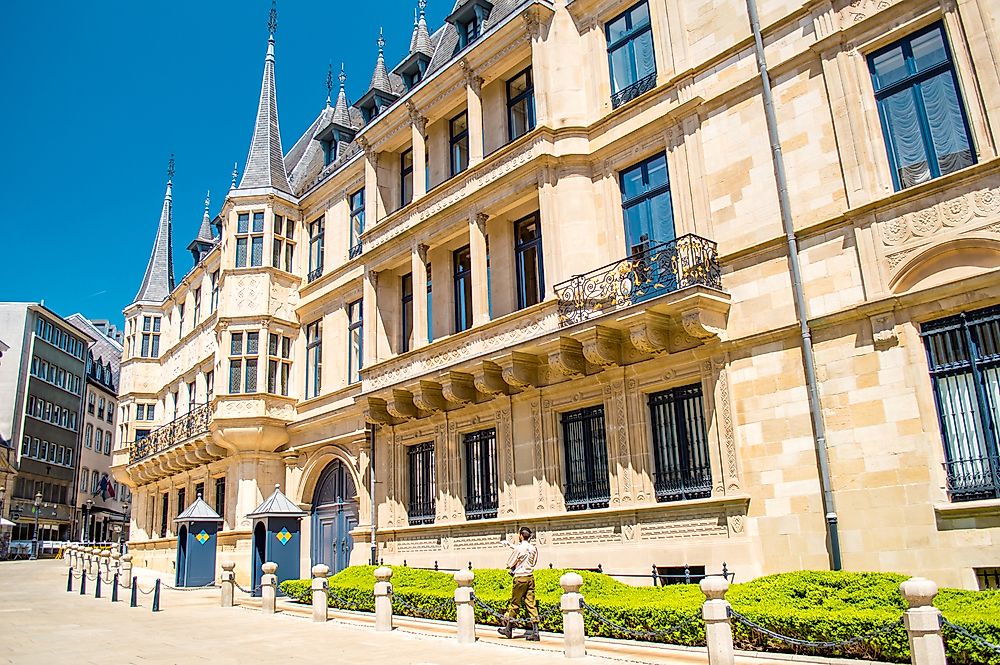Which Country Is The Only Remaining Grand Duchy?

A grand duchy is a country whose official ruler is a monarch. The head of state is given the title grand Duke or grand Duchess depending on the gender. The title was first introduced in 1569 for Tuscany, a small territory in Italy. In its initiation it was used to mean a land which was not big enough to be internationally recognized as a kingdom, but having well established and recognized political, economic, or military structures. Back in the 1900s there were as many as fourteen grand duchies across Europe. Luxembourg is the only remaining grand duchy in the 21st Century.
Where is Luxembourg?
Luxembourg is a small land locked country in the Western part of Europe. It is formally known as the Grand Duchy of Luxembourg. It is approximately 2,586 square kilometers by land area. Its capital city is called Luxembourg City, which doubles as the headquarters for the office of the highest judicial authority of the European Union, the seat of the European Court of Justice. It is also one of the three official capitals of the European Union. The other two are Brussels and Strasbourg. The state has three official languages: Luxembourgish, German and French.
History of Luxembourg
The history of Luxembourg started with the construction of the Luxembourg castle. In 963, Siegfried I sold part of his ancestral lands and purchased a fort named Lucilinburhuc from monks of the Abbey of St. Maximin in Trier. Overtime a town developed around the fort, increasing its significance gradually to become one of the strongest castles in Europe. Its strategic location along with its unbeatable defenses made the fortress of Luxembourg to be known as “Gibraltar of the North”.
In 1795, Luxembourg was conquered by France as the aftermath of the war of the First Coalition. Luxembourg gained its freedom from France on March 15, 1815 after the signing of the Treaty of Paris. Luxembourg became a Grand Duchy with the German confederation. This decision was made by the Congress of Vienna which had been formed to deal with the political aftermath of Napoleonic wars. These wars involved France under the leadership of Napoleon Bonaparte against some countries in Europe between 1803 and 1815.
At the time of the signing of the treaty of Paris, both Prussia and Netherlands disputed ownership of Luxembourg. The fortress was guarded by Prussian troops for the German Confederation. Luxembourg went through what was termed the second partitioning.
The Duchy of Luxembourg further diminished in size when it went through the third partitioning when the First treaty of London was signed on April 19, 1839, giving Luxembourg its full independence. The Grand Duchy of Luxembourg was reduced to one third its previous size after losing two thirds of its territory to the newly formed Province of Luxembourg in Belgium.
A dispute further arose in 1867 over the political status of Luxembourg between the French Empire and Prussia. The treaty of London was used to restore peace and avoid a war. After this period, which was termed the Luxembourg Crisis, Luxembourg survived World War I and World War II to stabilize its economy between 1945 and 2005.











